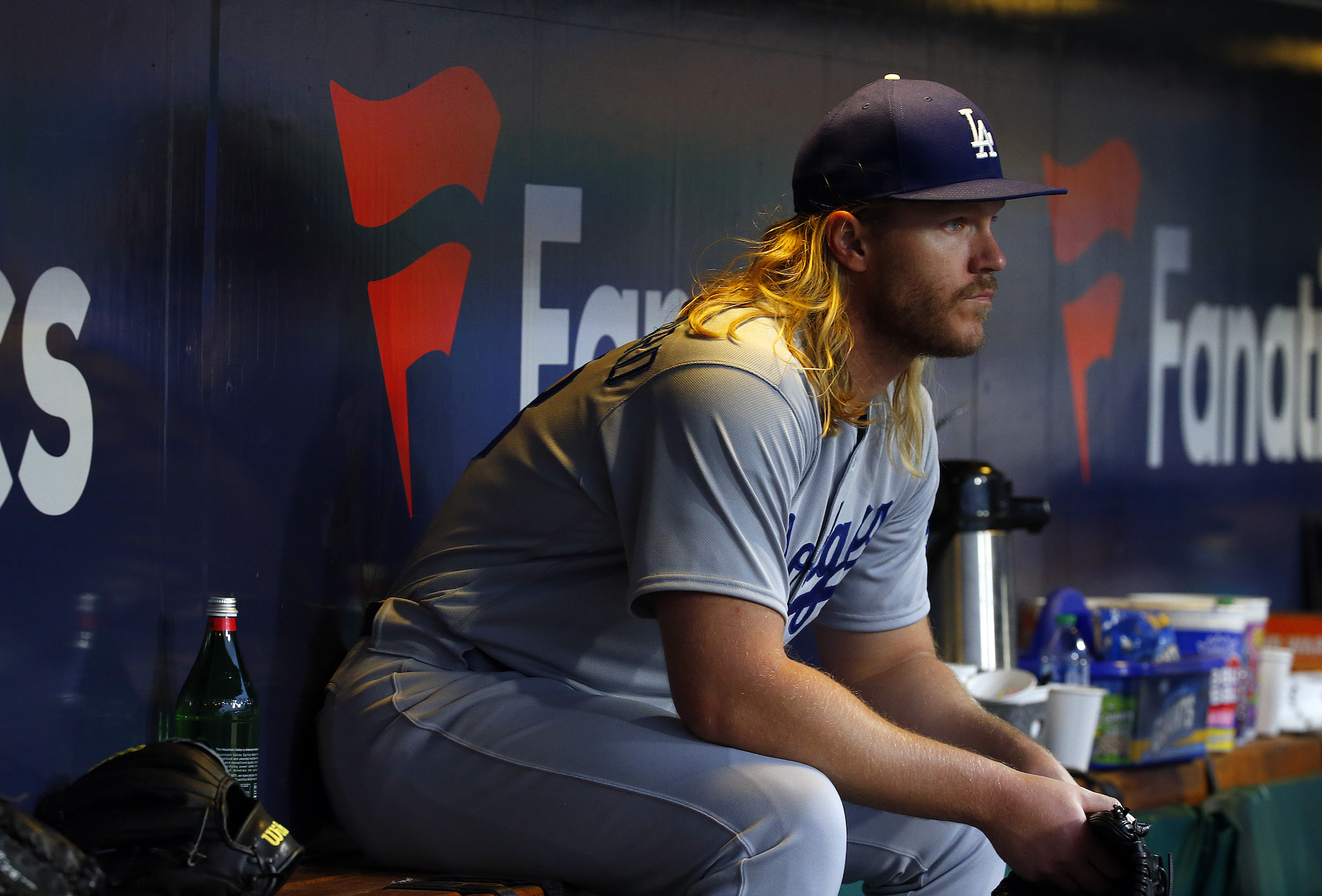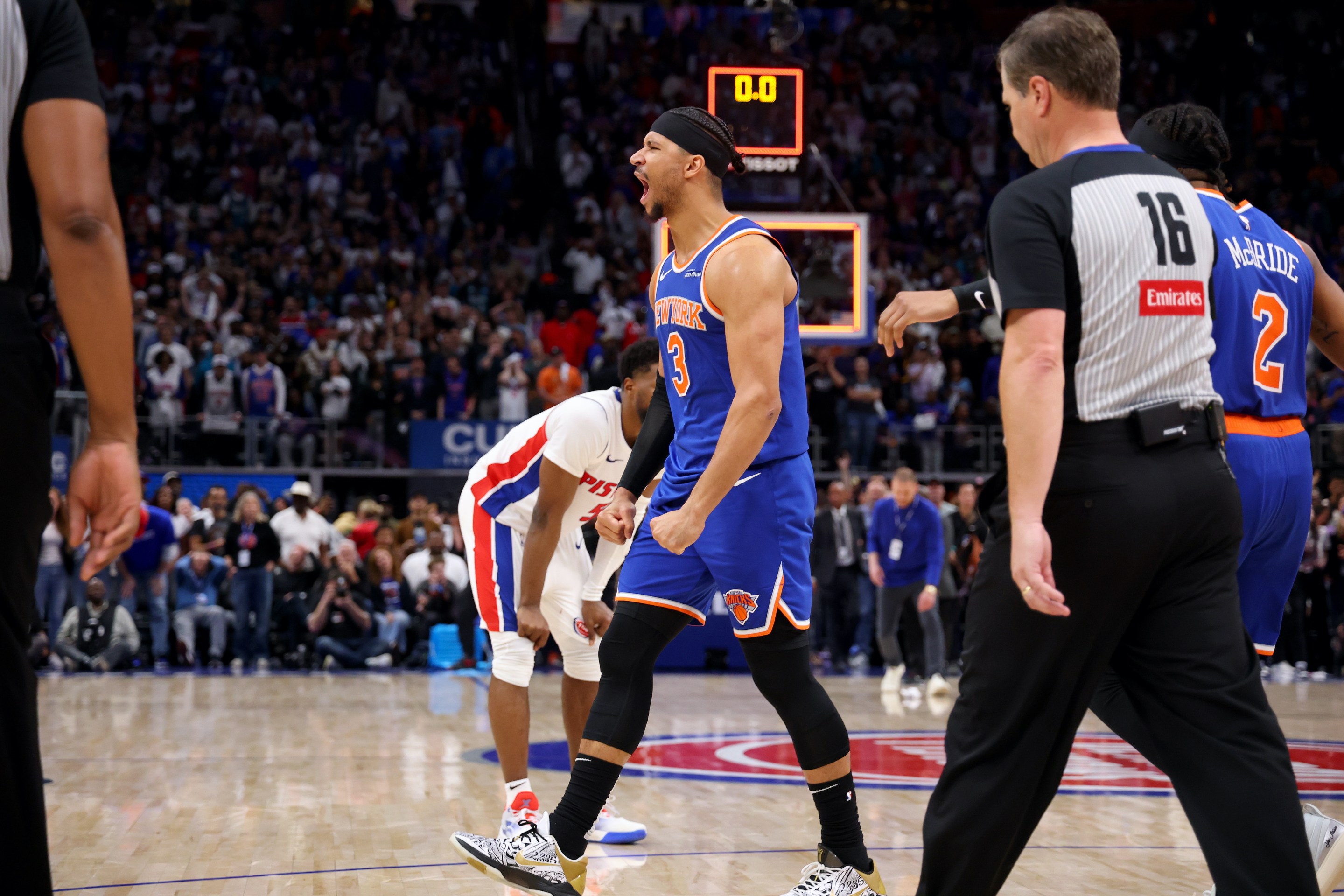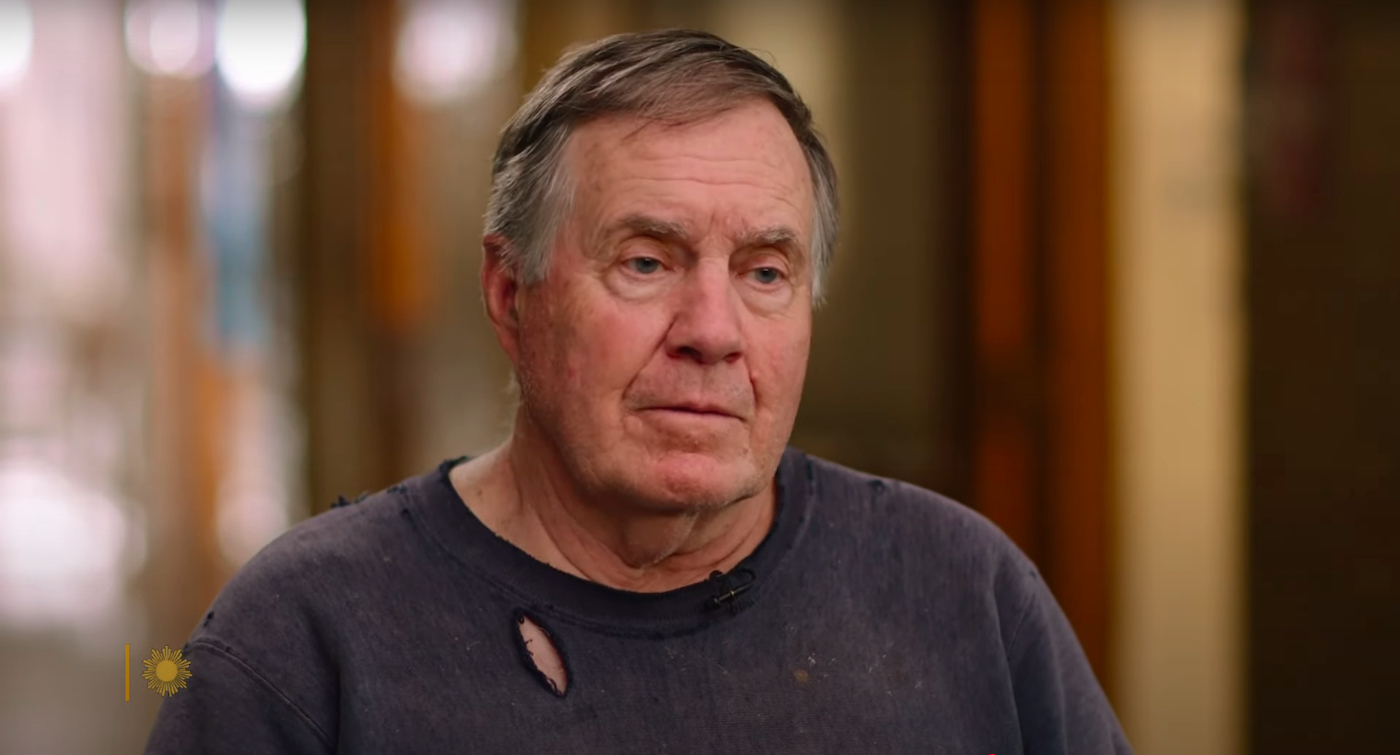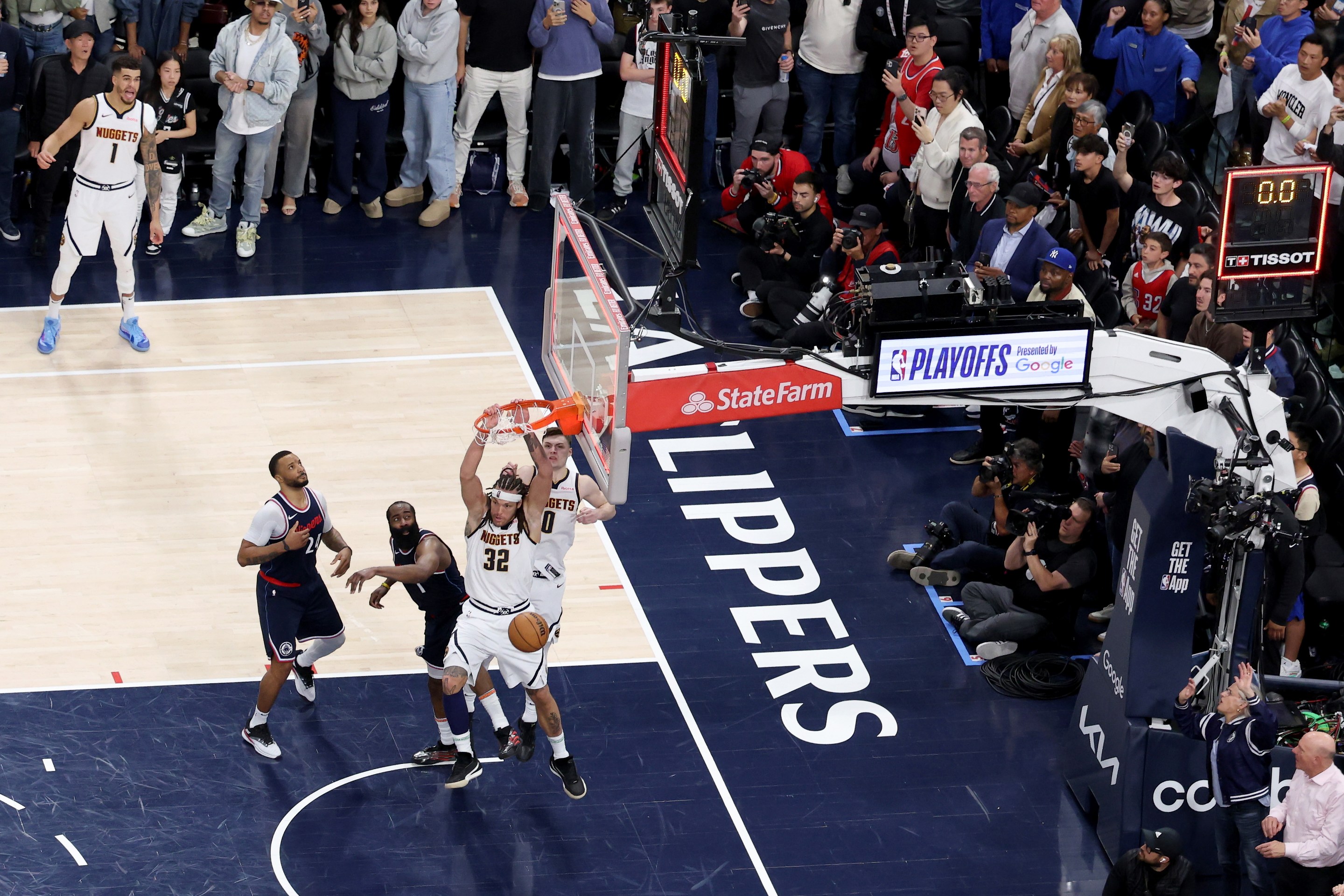It is not a problem that most people will ever have to worry about, but being nicknamed after a prominent Norse god is a pretty bad deal in the long term. When Noah Syndergaard broke in with the Mets in 2015, it just made sense to call him Thor. He was 6-foot-6 and had long blond hair and a comic-hero jaw and threw a baseball with the mastery and easy malice that ace pitchers have. That his surname had those back-to-back As in it didn't hurt, I guess, but he couldn't have avoided the nickname if he'd wanted to.
But it is an awkward thing to have a nickname like that and a stat line like the one that Syndergaard has after getting shelled by the Washington Nationals last week. He gave up three homers and five runs in five innings; he faced 24 batters and got just one swinging strike. After 11 starts, Syndergaard has an ERA that starts with a 6 and K/9 that just barely begins with one. Dodgers manager Dave Roberts did not immediately commit to Syndergaard taking his next turn in the rotation for the Dodgers after that loss, although it now seems like he will, and Syndergaard himself seemed despondent. He said that he felt like "the only weakest link" in the team's rotation. "I would give my hypothetical firstborn to be the old me again," he told reporters after the game. That quote achieved sufficient exit velocity to reach the online spaces where such statements are jeered or merely gawked at by people seeking a drive-thru experience of someone else's misery. The Daily Mail aggregated it, and so did The Daily Caller. Local coverage noted that Syndergaard spoke so quietly that he was barely audible.
It wasn't quite the ghoulish delightment that tabloids brought to Matt Harvey's personal troubles, but Syndergaard's collapse has been different than that of his former teammate. Where Harvey was used up in every way possible, Syndergaard, at 30 and in limbo, just seems like a baseball player in decline. Less remarked upon than the postgame quote about his firstborn was Syndergaard's assessment that "when I look at video of me and video of me now and in the past, the body is moving completely different." He spoke on that in some more depth after he was blown up in his previous start, against Tampa, saying that he hadn't really felt the same since a setback in his return from Tommy John surgery back in 2021. "It's hard going out there with the weapons that you used to have kind of being taken away from you," he said after the Tampa loss, in which he allowed six earned runs in six innings. "And the ones I'm possessing right now aren't really enough to successfully battle a team like that." Some of that is the result of Syndergaard's injuries, and some of it is just gravity. The nickname, as it always would, has started to echo as something like a taunt.
There are fates that even gods can't avoid, Ragnarok and playing for the Late Wilpon Mets among them. Syndergaard couldn't have chosen many worse teams to break in with as 22-year-old in 2015 than an organization whose curdled internal culture and stridently backwards approach were defined by the omnidirectional resentment and bitter whims of its ownership, but then again baseball players don't get to choose that kind of thing. It's hard to think of an organization that would have gotten less out of his talent when it was at its brightest than those Mets did, seemingly on principle. They nibbled at him through anonymous gripes in the press—the mediocrities in charge felt that the man with the superhero nickname had gotten somewhat full of himself—and tinkered with his approach and pitch mix in a way that seemed designed to make him more pedestrian. These were not long-term decisions made by long-term thinkers. It was just the Mets doing what they did, to a pitcher with the strange fortune to be stuck there.
With the exception of 2016, when Syndergaard was by many metrics the best pitcher in the sport, he never struck out quite as many hitters as his stature and stuff suggested he should. By the time Syndergaard entered his arbitration years, the Mets had succeeded in turning him into a dispiritingly normal and roughly league-average pitcher. In 2019, Syndergaard's gave up more earned runs than any pitcher in the National League and struggled with the slider that had once been one of the nastiest pitches in the sport. His fastball was only a little bit slower, but as Eno Sarris and Sam Blum noted in The Athletic last year, that pitch never really had much in the way of shape in terms of horizontal or vertical movement. It was very fast, even late into games, but that was about all. Whether another team might have helped Syndergaard do more with it when he had it is hard to know; the Mets were reportedly close to dealing him to the Astros at the deadline in 2019, which is either interesting or excruciating to think about depending upon where you sit. It is much easier to say that, when his UCL gave out in 2020, Syndergaard was hugely unlucky to rehabilitate that injury with the Mets, who have struggled with that now-standard rehab process in a way few other organizations have.
When Syndergaard returned from Tommy John surgery late in 2021, following a lengthy rehab that followed the tragic arc of the Late Wilpon Mets—his rehab was going shockingly well, and then there was a vague but ominous setback, and then several silent months—Syndergaard was forbidden by team doctors from even throwing either of his breaking balls. "It’s been their understanding that that’s the reason I might’ve had that setback," Syndergaard told WFAN after he resumed his rehab in late August of that year. Syndergaard threw two bleak innings out of the bullpen at the end of the season, using only his fastball and a change-up. And then he was a free agent for the first time, at age 28.
Those breaking pitches were "something that Syndergaard eventually has to reincorporate," Baseball Prospectus noted in that year's annual. "He’s not the same pitcher without his vicious hard slider"; he never really did reincorporate it, and he hasn't been. When Sarris and Blum wrote about Syndergaard in 2021, they were trying to figure out how he was pitching as well as he was for the Angels despite relying heavily on a fastball they described as "bad." The answer, they found, is that Syndergaard had left mythic things behind. "Syndergaard doesn’t look like the same pitcher he once was," they wrote. "But the irony is that it’s the underlying strengths that he’s always relied on that have allowed him to be mostly effective. Locating pitches. Throwing a strong mix of different pitches."
This was smart, which is another thing you will not necessarily get credit for being if you are nicknamed after one of the major cool-coded deities. So, seemingly, was Syndergaard's decision to sign on with the Los Angeles Dodgers before this year. That organization has turned around the careers of less notable starters, and Syndergaard has been strikingly willing to try new things—through offal-forward bespoke diets and "earthing," but also in terms of tinkering with his pitches and approach—in order to get the most out of himself. After signing with the Dodgers, Syndergaard described his 2022 attempt to figure out what kind of pitcher he could be as "kind of like trying to change the wheels on a car while it's still moving," and seemed eager to become whatever the Dodgers might help him become. "The pitches I threw last year, I just want to throw those away,” he said in December. “I fully intend on being a different pitcher next year. I see no excuse as to why I can’t get back to 100 mph and even further than that. Just doesn’t make any sense."
Whatever latent lightning the Dodgers spotted in Syndergaard's league-average performance in 2022 has not translated into 2023. Syndergaard now throws his fastball, at an average velocity more than five miles per hour off his 97.5 mph baseline from 2019, nearly 45 percent of the time; he no longer throws the slider at all, and has replaced it (mostly) with a new cutter against which the league is batting .359 and slugging .538 and (infrequently) a new curveball that he developed this spring. Syndergaard has a splitter, too, although he's barely used it; he threw two against the Nationals "just for the hell of it," he said afterward. "Didn't have much to lose." The issue is not that Syndergaard has been unwilling to try new things. It's that all those tweaks have added up to so little. Every change, however hopeful or desperate, bumps up against things that can't be changed.
This is all much harder to square, for Syndergaard and people who remember him as he was, because those vanished weapons were so memorable, and because it hasn't really been that long since they were his to command. The narrative that's there to read in a career, once it's over, is not necessarily in evidence when that story is still finding its ending—until it does, there's nothing to do but change. But baseball is not a sport that lets even its best players go out on top, let alone as gods: whatever greatness they can touch is not something they get to keep.






